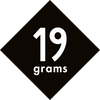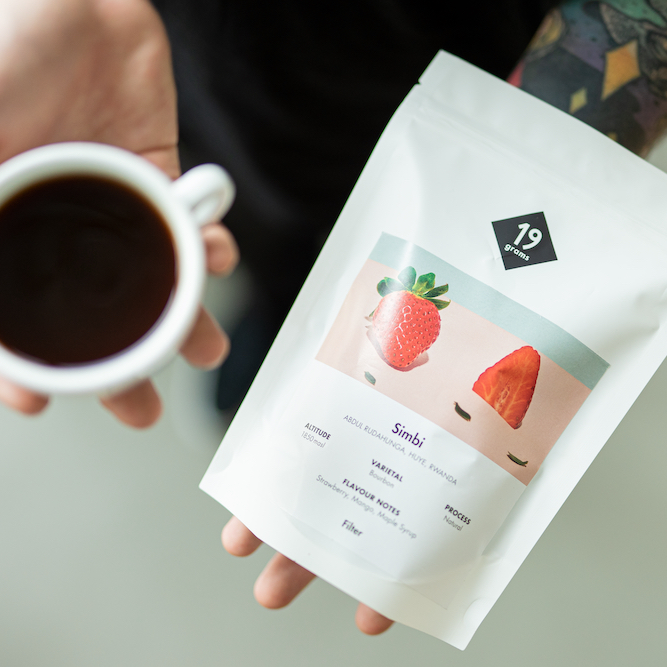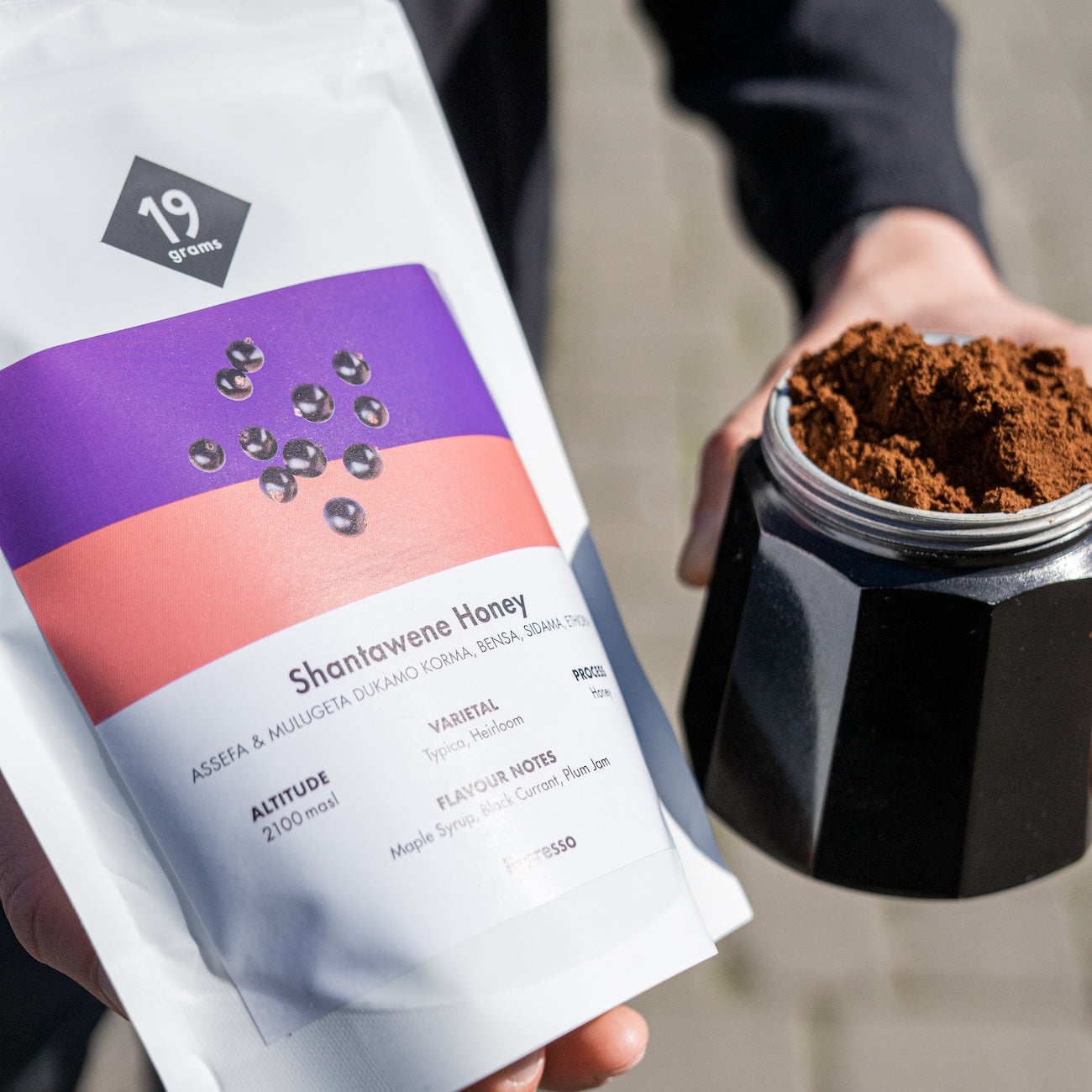The degree of browning of a coffee is a decisive factor for its flavour profile. It refers to the different colour gradations that occur due to the roasting process. From a light to a dark degree of browning, there are different levels, each of which is due to the duration and heat of the roasting.
The lightest browning level, known as Cinnamon Roast, presents itself with a light brown colour reminiscent of cinnamon. Only slightly darker is the New England Roast, which also has a light brown colour. With the American Roast and the City Roast, the intensity of the browning increases and the brown becomes medium brown. These roasts are no longer considered light, but not yet dark either. In the Full City Roast, the first dark roast, the beans appear a medium dark brown and have a slight oil sheen. The Vienna Roast follows the Full City Roast and shows a more intense dark brown. Next comes the French Roast, which is already dark brown and very shiny. Finally, the Italian Roast reaches the darkest degree of browning with an intense dark brown and a strong shine.
The degree of browning of the coffee not only provides information about the degree of roasting, but also significantly influences the aromas and taste characteristics. Coffee with a light degree of browning is only roasted for a short time, which preserves the fruity notes of the fruit acids. A longer roast with a darker degree of browning breaks down more acids and causes more bitter substances to form. This often gives the coffee a slightly sweet and at the same time somewhat bitter taste.






